Fans of both The Witcher books series and video games have an early Christmas gift arriving today, in the form of a Netflix adaptation of Geralt of Rivia’s adventures as the beast-hunting Witcher.
As someone who only knows the mythology of The Witcher: Wild Hunt (the only Witcher game I’ve played), I was interested to learn more of the backstory I’d missed by skipping out on the book series from author Andrzej Sapkowski.
I have mixed feelings on these first five episodes. The series has the ingredients for a successful show, but some of the more complex approaches to the storytelling and the show’s budget for handling CGI monsters let it down. (It’s good news that the basics are there, as the show has already been renewed for a second season.) If you have the patience to get through a confusing first few episodes, things improve significantly as more story elements click into place.
After watching a portion of season one, here are the things I liked about the show so far.
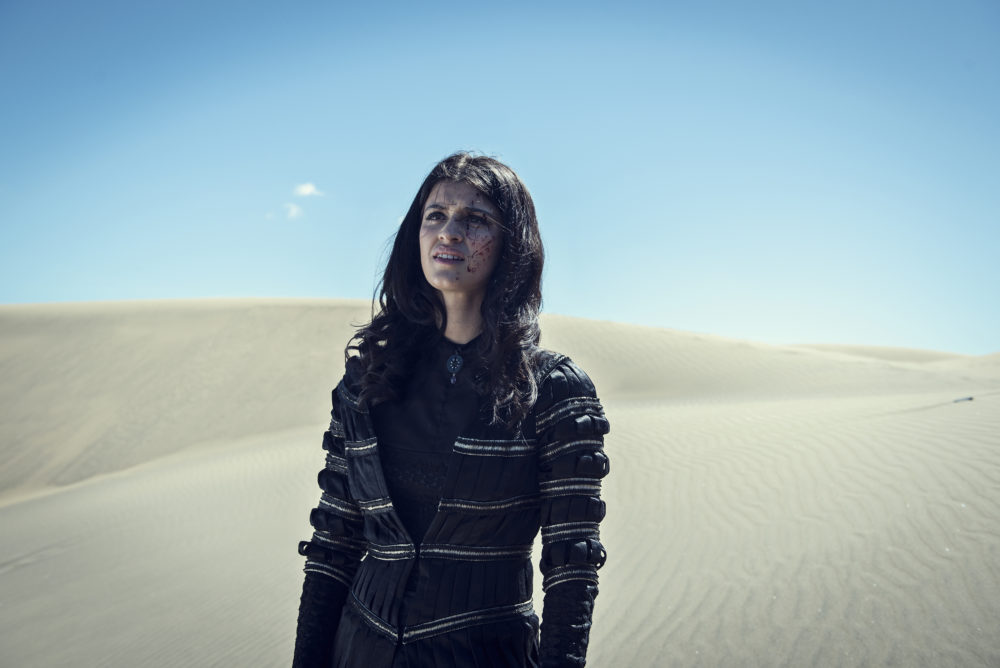
1. The cast
Number one with a bullet is the casting for this show, all around, but particularly for its three leads. Henry Cavill is the most recognizable name, and I don’t think anyone will be let down by his performance as Geralt. Not trading on his name alone, Cavill campaigned hard for the role (as a longtime fan of the game) and beat out 200 other actors for the role. He’s turned out to be a huge get for the series, and he inhabits the character of Geralt in exactly the way I’d hoped as a fan of the game, including his voice, mannerisms, and stoicism.
Anya Chalotra plays Yennefer, and though Chalotra has only a handful of credits to her name, she nails her character, arguably just as well as Cavill. This feels like a breath-through role for Chalotra, and it’s not difficult to imagine she’ll quickly and easily make the jump from television to bigger things. Lastly, Freya Allan plays Ciri, the youngest character on the show. Though she progressively has less to do as the episodes go on, Allan captures Ciri’s unique combination of ethereal grace and grit and firmly plants herself as the emotional center of the series.
2. The points of view
Again, as someone who’s only familiar with the game, I was pleasantly surprised to see that the show doesn’t simply follow Geralt’s point of view as other characters wander into and out of his field of vision. Instead, showrunner Lauren Schmidt Hissrich gives Yennefer and Ciri more depth by making them point of view characters in the ongoing narrative. So we have alternating stories from Geralt, Ciri, and Yennefer. It broadens the perspective of the universe and also allows us to better know these characters outside of Geralt’s interactions with them.
3. Costumes and setting
I can already imagine how many gifs, screengrabs, and jokes featuring Cavill in tight leather pants are going to flood my timeline as people make their way through the show. Cavill’s fetching physique aside, I found myself impressed at the detail of the sets and costumes in almost every episode. It might sound like a small detail, but these small details form the architecture for this fantasy world, so it’s important and impressive to get them right.
4. The sword fights
I have some issues with the look of the monsters Geralt hunts, as well as large scale battles, which we’ll get to later, but the hand-to-hand combat is top notch. The most impressive moment in the entire pilot was the choreography of a sword fight Geralt engages in towards the back half of the episode.
5. The target audience
Beyond the fact that the show is run by a woman and features two female characters, as already discussed, it’s clear from start to finish that this is a fantasy series that isn’t specifically catering to men. In this world, sexism isn’t dead, but women aren’t relegated to simple household care. We see queens who fight on the battle field, mages who wield tremendous influence, and other instances of women shaping the world instead of simply residing in it.
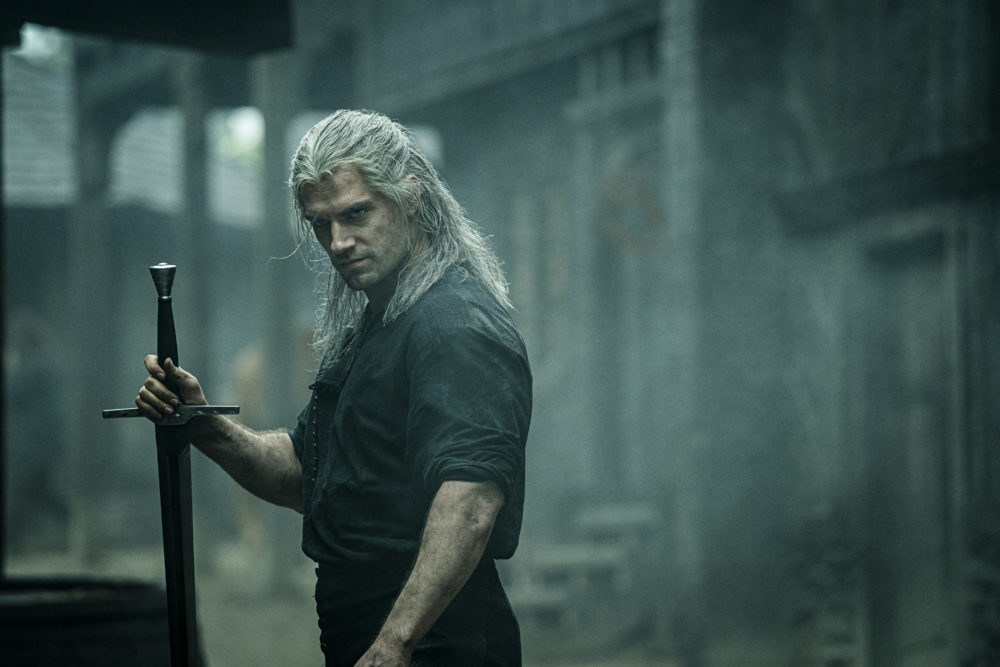
So there’s the good news. Now for the bad.
1. The monsters
For a show about a monster-slaying Witcher, you can imagine there’s a fair share of the supernatural to illustrate on camera. This was the most disappointing aspect of the show for me. The CGI work or the budget behind it means that it feels like you can see the seams showing more often than not. Occasionally there are more practical effects, and those work, but Geralt’s battle with CGI creations is usually anticlimactic and unconvincing. The budgetary issues also feel more obvious when the show tackles large scale battles instead of one-on-one combat.
2. The pilot
I had a really hard time with the first episode of this show. Firstly, for technical reasons – the CGI is front and center in this episode and, as I mentioned, that didn’t really work for me. The camerawork and editing is also strange and choppy, to the degree that I noticed it, which I rarely do. I also felt like the pilot lacked the context and pacing it needed to really lure viewers into additional episodes. It starts with big, high stakes moments for one character and a smaller, “side quest” style adventure for the other. The former involves stakes I didn’t understand or feel committed in, and the latter means we spend time in the pilot getting to know characters and settings that we wouldn’t even see again. Which brings me to my third issue…
3. The short story approach
Anyone expecting one long, binge-able narrative may find themselves disappointed by the way the first season of this show is structured. In a surprising move for a show on Netflix, The Witcher focuses on adapting a book of short stories. This means we get a monster-of-the-week style approach to Geralt’s adventures, which feels outdated and sub-optimal for a show you can watch in just one weekend. I’d have preferred a more straight forward approach to an over-arching narrative, with perhaps flashbacks or other sequences to help fill in the past. Instead we get to know the characters much slowly than I’d have liked, and we spend time with many characters who come and go.
4. The timeline
Without revealing too much about the story, I found the timing of the narrative confusing and distracting. It takes some work to parse out how much time happens between episodes, for example, other than by casual mentions from the characters.
5. Minimal interaction
I like that there are three separate points of view for this series, but I wasn’t a fan of the fact that the characters spend so little time interacting in this first season. I won’t give away much, other than to say that you’ll go hours before you see any of these main characters interact, even briefly. It feels like watching three separate shows, each told in short story format, which creates a lack of cohesion show-wide. Again, this is something that I assume will be naturally corrected in the second season.
The Witcher is streaming now on Netflix.


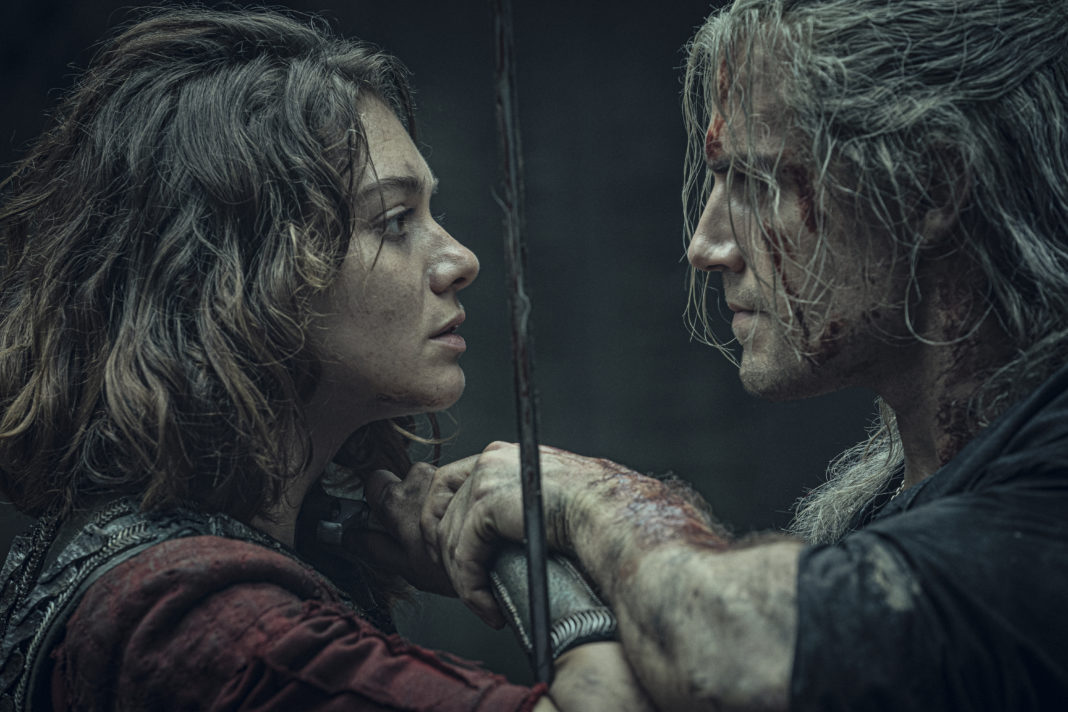
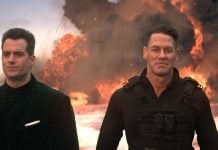

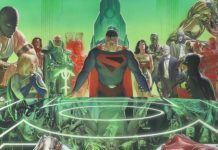



I haven’t had a chance to see it yet, but the short story approach is exactly what I was hoping for.
The Last Wish is a much better book than Blood of Elves.
Comments are closed.